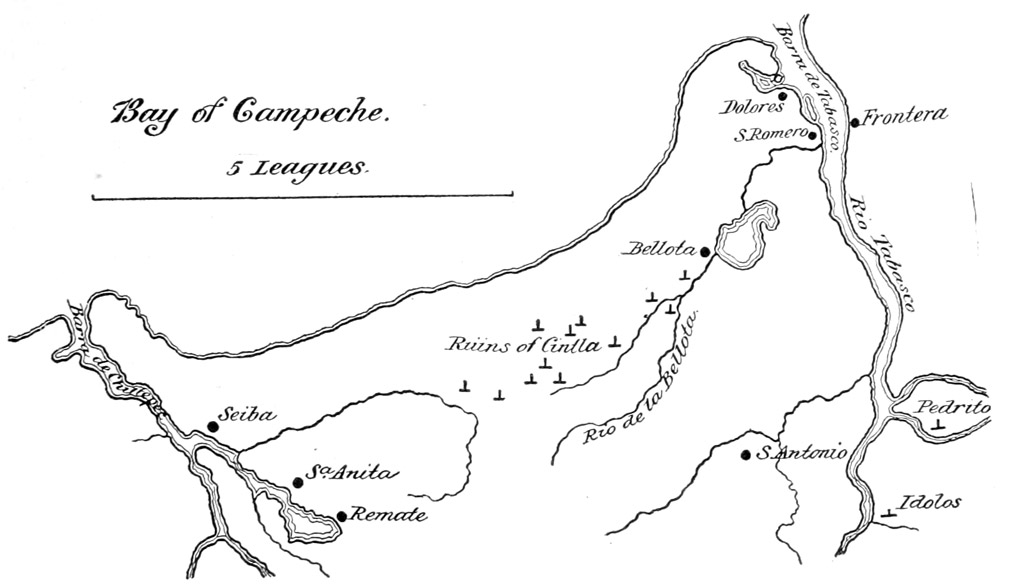The Battle of Cintla, fought between Cortes’s Spanish and Maya in mid-March, 1519, is significant for several reasons. Most notably this is the first cavalry battle fought on the mainland of the Americas. It also was the first major conflict for Cortes, and a decisive victory over the Chontal Maya of Tabasco.
Cortes, after several days of fighting with local Chontal Maya, orders his horses brought ashore and dressed for the first time. The next day, which Diaz says is “Lady Day,” Cortes orders 13 cavalrymen, artillery and an infantry force to advance to a place called Cintla. Leading the main infantry was Diego de Ordaz , with between 300 and 400 men, including foot soldiers, crossbowmen and musketeers. The artillery was under the command of a man named Mesa.
On the march inland they came across the Maya force ready for battle (Diaz p. 75). In full battle dress, drums blaring, arrows and stones began to come at the Spanish. Diaz says immediately almost 70 Spanish were wounded and one killed. It seems the Maya abandoned hand to hand efforts and were most interested in raining projectiles against the steel blades. But this seems to have been quite ineffective, historically.
Cortes and the cavalry were delayed in arriving, possibly as long as two hours, as Diaz notes the delay was worrisome. But soon enough Cortes arrived and flanked the Maya force from behind. At that the infantry under Diego de Ordaz charged and the Maya forces quickly fell into disarray and fled.
Casualty counts vary, but for the Spanish, it appears, two Spaniards were killed, and the wounded ranged between 20 and 70. Dead for the Chontal Maya is estimated between 200 and 800.
After the battle Cortes established a cross and a town called Santa Maria de la Victoria, which stood for a few years before being abandoned. The regional chief Tabscoob also granted 20 slave women to Cortes, one of which was the famous Malinali, or La Malinche.
Today nothing remains of the battle, the town of Cintla nor the establishment of La Victoria. Only one thorough archeological effort has been conducted, by Dr. Berendt in 1869. He reports finding mounds, stairways and Maya pottery depicting Spanish men. His findings were included in the paper linked below.
For more read The Battle and Ruins of Cintla.

